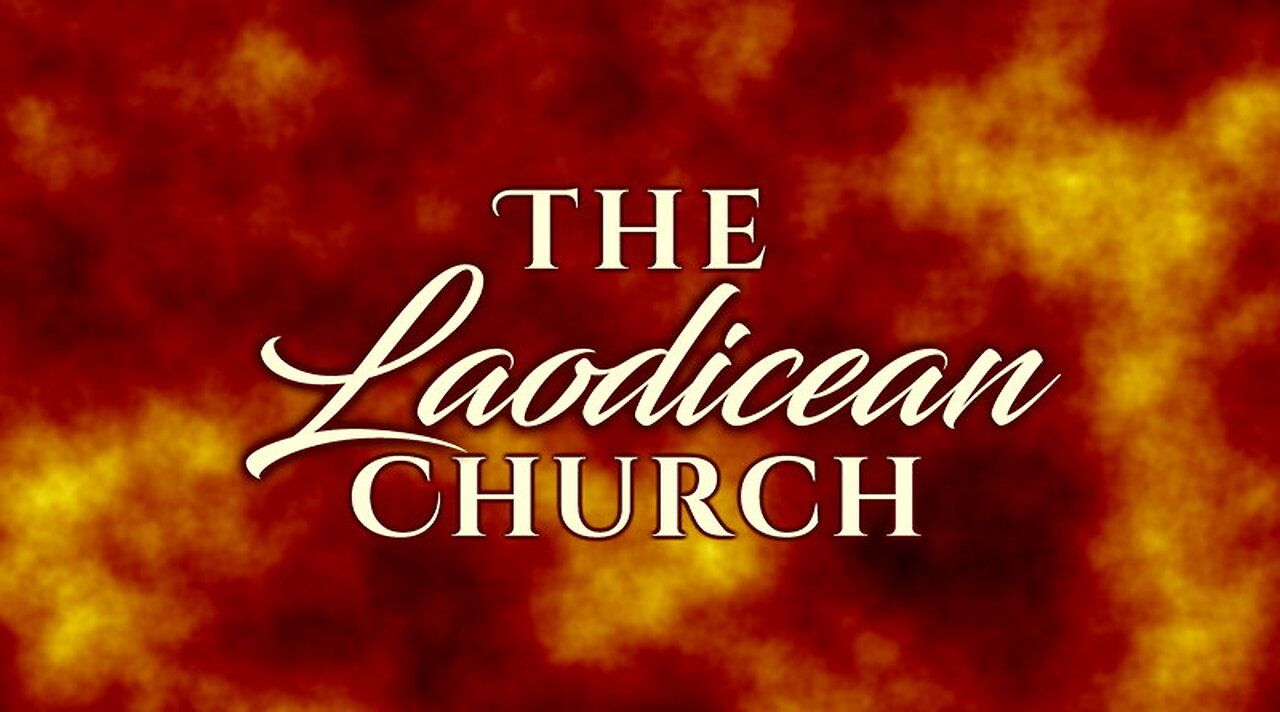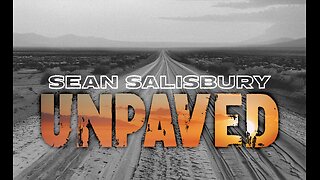Premium Only Content

Part 2 Laodicea is Evaluated #Pastor Abraham Swamidass
In common with many other Protestants who employed historicist hermeneutic, the Millerites identified the Roman Catholic Church with Babylon, especially during the early years of their movement. There was a strong anti-Roman Catholic sentiment throughout the U.S.A., so that scriptural interpretations unfavorable to this church were readily accepted by many. The fall of Babylon as stated in Revelation 14:8 was seen by Litch as the fall of Rome caused by the French. Miller declared that this text “shows the downfall of the papal power; or mystical Babylon, which was fulfilled in 1798, when she lost her power to rule over the kings of the earth.” Its final destruction was expected in the immediate future. Although the Roman Catholic Church frequently was denounced in Millerite publications, the adherents to this faith who accepted the premillennial doctrine of the Second Advent were welcomed in the movement.
2. The Protestant churches
The Millerite ecclesiology was strongly affected by the historicist interpretation of the seven churches of Revelation 2 and Revelation 3. In harmony with a long tradition of Protestant commentators Miller stated that these seven churches “describe the spirit and qualities of the several periods of the Christian church.” The church of Ephesus (2:1-7) he identified as the church of the apostolic age, the church of Smyrna (2:8-11) as the church under the persecution of the Roman empire from the first century until the year 312, the church of Pergamos (2:12-17) as the worldly church from the time of Constantine to the rise of the papacy (312-538), the church of Thyatira (2:18-29) as the church in the wilderness persecuted by the papacy (538-l0th century), the Sardis church (3:1-6) as the church of the “Waldenses, Valdenses, etc” (l0th century-Reformation), and the Philadelphian church (3:7-13) with the church of the Reformation (Reformation- about 1798). Miller considered himself living in the time of the last period of the Christian church, the Laodicean church (3:14-22), which began about 1798 and would last until 1843 “when this dispensation will close, and the books be opened, the hypocrites will be spued out of the church and the sanctuary cleansed.” Laodicea Miller evaluated as the Protestant churches of his day enjoying peace in and among the kingdoms of the earth, enjoying all the privileges of citizens without persecution, making great and many improvements in her worldly concerns, rich in this world’s goods, having at her command many millions of funds, and almost swaying the destinies of the world; great, learned and rich men enlisting under her banners, controlling the fashions, customs and laws of the day, swaying a mighty influence over the education of our youth, and giving a general tone to the literature of the world, increasing her demands for power, establishing bishoprics, presbyteries, national and state conventions, conferences, councils, associations, consociations, societies innumerable: and all these controlled almost exclusively by her clergy.
-
 54:39
54:39
Sean Unpaved
2 hours agoFinal Four Predictions! MLB Opening Weekend Recap, NFL Looking To Ban Tush-Push?
24.2K1 -
 LIVE
LIVE
Scammer Payback
1 hour agoCalling Scammers Live
263 watching -
 17:28
17:28
Neil McCoy-Ward
2 hours ago🚨 BREAKING! It’s Worse Than We Could Have Imagined! (What They Just Did Today Was Shocking!)
14.1K13 -
 LIVE
LIVE
The Dana Show with Dana Loesch
2 hours agoEQUAL STANDARDS FOR MILITARY COMBAT | The Dana Show LIVE On Rumble!
605 watching -
 58:58
58:58
The Tom Renz Show
2 hours agoElection Fraud, the GOP, & Corruption w/ Liz Harris
15.8K5 -
 1:02:02
1:02:02
Timcast
3 hours agoGOP Office TORCHED By Terror Attack, Elon Says ARREST Democrat Billionaires Funding Attacks
186K216 -
 1:54:09
1:54:09
Steven Crowder
5 hours agoSocial Security Scandal: How Elites Use Illegals to Game The American System
421K391 -
 1:12:06
1:12:06
The Rubin Report
4 hours agoBill Maher Makes Gavin Newsom Look Dumb with Simple Questions
71K47 -
 1:51:49
1:51:49
Benny Johnson
3 hours ago🚨 Trump CONFIRMS He Is Running For President AGAIN | Libs FREAK as Experts Say Third Term POSSIBLE
99.8K87 -
 1:01:04
1:01:04
VINCE
6 hours agoWisconsin Decides The Future Of The World | Episode 11 - 03/31/25
322K264